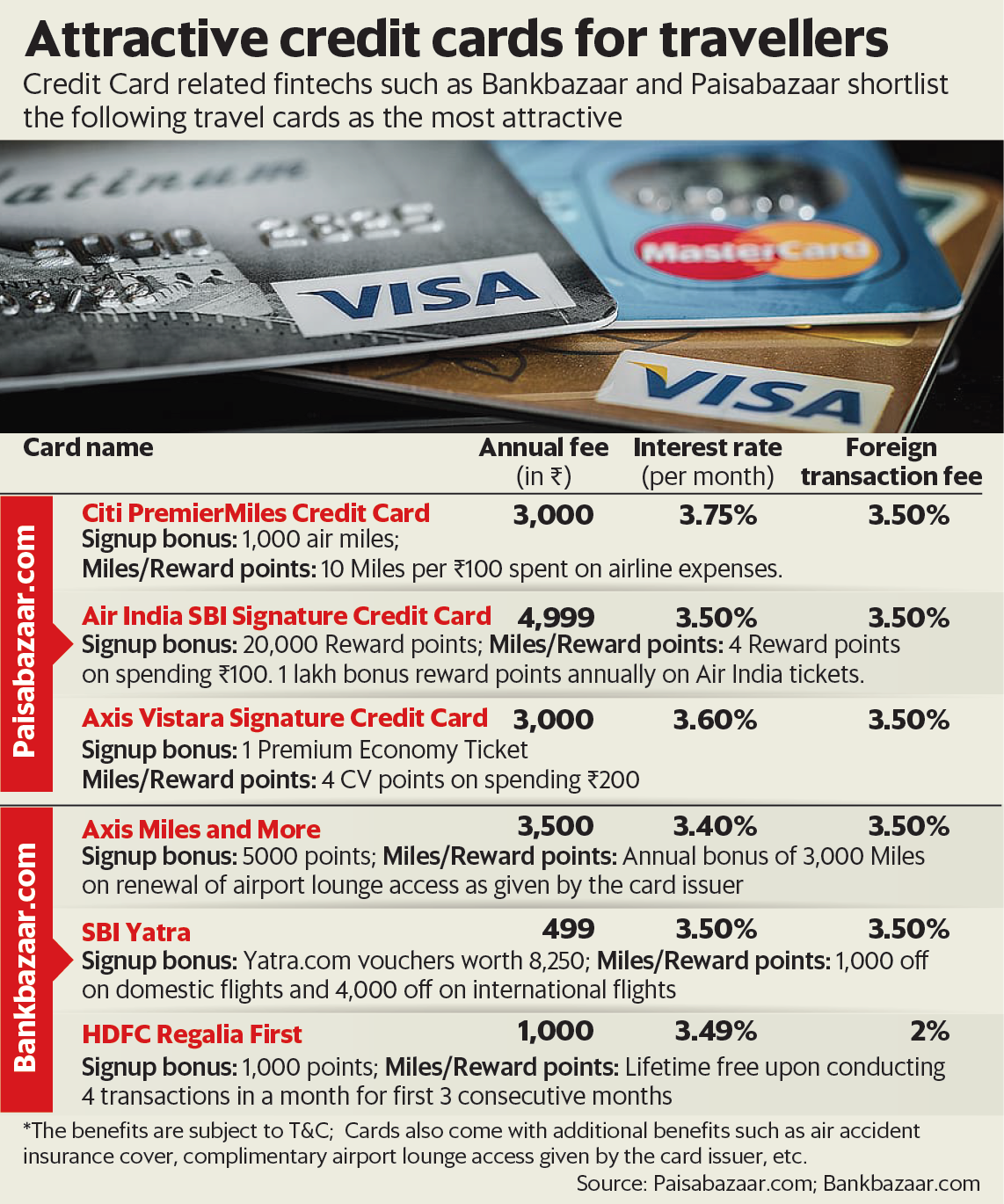A few years ago, nobody would have imagined that people would someday be able to pay their monthly rents with credit cards. But, it was bound to happen soon. RedGirraffe was the first to allow its customers to use this facility. Benefit to users Premium credit cards like HDFC Infinia/ Diners Club Black or Standard Chartered Utimate offer 3.3% return (cashback, reward points or airmiles) on almost all spends. Even after considering the 0.46% charge, users get 2.8% return on a big-ticket transaction like rent. This helped users achieve milestone- and spend-based rewards offered by credit card firms. These additional rewards further pushed up the overall return from rent payments. Users also got automated rent receipts and digital proof of rent payments, besides interest-free credit period of up to 45 days. Also, rent payments helped customers increase their overall credit card spend, whereupon they became eligible for annual fees waiver, credit limit enhancement and card feature upgrades.  View Full ImageMint Entry of other players Looking at the success of RedGirraffe and Nobroker, real estate brokerage companies like Housing, Magicbricks and fintech platforms like Paytm, Cred, and Phonepe, also entered this new space. Each had their own benefits and disadvantages. RedGirraffe had the lowest convenience fees of 0.46% but its user interface was not good. Nobroker had the greatest number of partnerships with banks, while Cred allowed payment to a landlord through UPI. Paytm and PhonePe relied on their wide customer reach. The increase in competition opened new avenues like payment of education fees, brokerage, security deposits, maintenance and office rent, but it also led to less background checking and scrutiny. Credit rotation and implications To capture more market share, many platforms either made the rent agreement optional or didn’t even ask for it. So, users could now enter bank details or UPI ID of either friends or family members and claim it as rent. Later, these users could ask the same person to transfer the amount back to their bank accounts. The net impact of these transactions was pure credit rotation which only helped users to create manufactured spending and enjoy the rewards mentioned earlier. While one might feel that everything is fine, one should not ignore the consequences of such transactions. Rent received by a friend or family member will be treated as income from rented property and added under the head of income from house property after 30% standard deduction. Depending on the slab rates, a tax of up to 30% + surcharge + cess can be levied. Even the payer, i.e. the credit card user, is required to deduct tax u/s 194-IB at the rate of 5% if the rent is more than ₹50,000 in any month. In case of no deduction/deposit of tax to government, the payer will become an assessee-in-default and has to pay interest and penalty accordingly. Further, a case of fraud and misrepresentation can be also be filed against the user. Steps taken by banks Credit card issuers have been following these developments and when the volume of such transactions went up, many started restricting the spends as well as reward points on rent payments. RBL Bank allowed only one rent payment in a month, with a maximum cap of 50% of the credit limit for its Shoprite card. Axis Bank stopped the reward points for rent payment on its ACE card and put a cap on its super premium cards. In June, HDFC Bank capped all management services, including rent, to 500-2,000 reward points per month. Rent payment through credit card can help earn rewards but using it as a method for credit rotation comes with its own risks. Its charm is slowly fading away as many banks have capped the reward points on rent payments and restricted the use of credit limit for such purpose and this list of banks will continue to grow. Kashif Ansari is an assistant professor at Hansraj College, University of Delhi. He can be found on twitter @2jhg
View Full ImageMint Entry of other players Looking at the success of RedGirraffe and Nobroker, real estate brokerage companies like Housing, Magicbricks and fintech platforms like Paytm, Cred, and Phonepe, also entered this new space. Each had their own benefits and disadvantages. RedGirraffe had the lowest convenience fees of 0.46% but its user interface was not good. Nobroker had the greatest number of partnerships with banks, while Cred allowed payment to a landlord through UPI. Paytm and PhonePe relied on their wide customer reach. The increase in competition opened new avenues like payment of education fees, brokerage, security deposits, maintenance and office rent, but it also led to less background checking and scrutiny. Credit rotation and implications To capture more market share, many platforms either made the rent agreement optional or didn’t even ask for it. So, users could now enter bank details or UPI ID of either friends or family members and claim it as rent. Later, these users could ask the same person to transfer the amount back to their bank accounts. The net impact of these transactions was pure credit rotation which only helped users to create manufactured spending and enjoy the rewards mentioned earlier. While one might feel that everything is fine, one should not ignore the consequences of such transactions. Rent received by a friend or family member will be treated as income from rented property and added under the head of income from house property after 30% standard deduction. Depending on the slab rates, a tax of up to 30% + surcharge + cess can be levied. Even the payer, i.e. the credit card user, is required to deduct tax u/s 194-IB at the rate of 5% if the rent is more than ₹50,000 in any month. In case of no deduction/deposit of tax to government, the payer will become an assessee-in-default and has to pay interest and penalty accordingly. Further, a case of fraud and misrepresentation can be also be filed against the user. Steps taken by banks Credit card issuers have been following these developments and when the volume of such transactions went up, many started restricting the spends as well as reward points on rent payments. RBL Bank allowed only one rent payment in a month, with a maximum cap of 50% of the credit limit for its Shoprite card. Axis Bank stopped the reward points for rent payment on its ACE card and put a cap on its super premium cards. In June, HDFC Bank capped all management services, including rent, to 500-2,000 reward points per month. Rent payment through credit card can help earn rewards but using it as a method for credit rotation comes with its own risks. Its charm is slowly fading away as many banks have capped the reward points on rent payments and restricted the use of credit limit for such purpose and this list of banks will continue to grow. Kashif Ansari is an assistant professor at Hansraj College, University of Delhi. He can be found on twitter @2jhg
Subscribe to Mint Newsletters * Enter a valid email * Thank you for subscribing to our newsletter.
.





